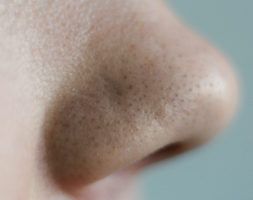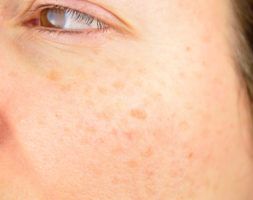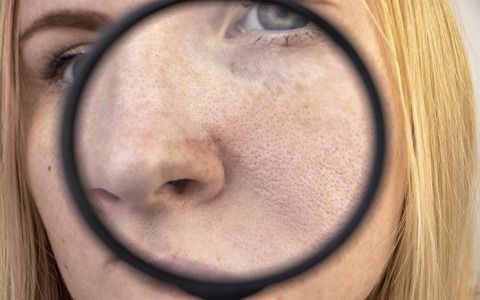
Clinically the dilated pores are manifested by micro-depressions with the appearance of "mandarin skin" and a less distinct complexion.
The dilated pores correspond to the opening of the pilosebaceous channels, within which the sebum flows, there are thousands of them at the level of the face.The pore size is genetically determined. When they are apparent it is because they are dilated by the accumulation of impurities and sebum, which can eventually lead to the formation of blackheads and pimples.Their diameter tends to increase and manifeast with age and solar/sun damage.
The production of sebum is different depending on age. During childhood, pores are virtually invisible because there is almost no secretion. At puberty, and during the various periods of hormonal life, the secretion increases and the pores become more visible, especially in the case of oily skin.
Then, with age and sagging of the skin, they distend, occupying a greater surface of skin which will become more and more visible. Between the ages of 25 and 50, they double diameter.They can be seen mostly on the forehead, nose, chin and cheeks.
POSSIBLE TREATMENTS
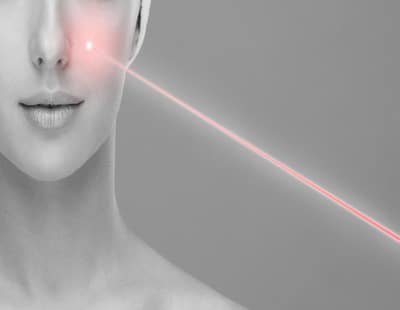
Laser Peel
This type of treatment is performed with a particular continuous Erbium laser that allows pure ablation without warming. The pores are tightened and the skin gains in brightness and brightness.
The protocol provides for two to three sessions.
CO2 laser or fractional erbium laser (fraxel)
The fractional modality allows the treatment of pores with minimal suites, and after effects.
If the patient wishes and is willing to accept longer sequences, then it can be combined with skin densification treatment (which is not possiblity during the laser peel).
Four sessions are necessary.

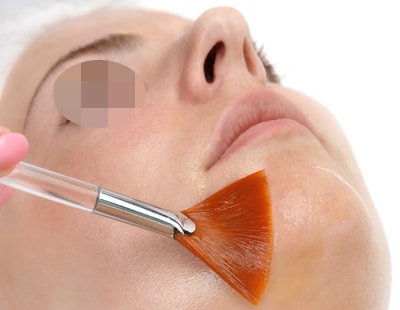
AHA Peel
AHA peels (fruit acids) effectively tighten them, by implementing a boost. It takes at least 4 sessions to repeat every year. At home the relay is taken by creams based on AHA, salicylic acid and sebo - regulating agents which will be prescribed to you.
Testimonials-reviews
C. REYNOLD
E. ROSE
F. DOUGLAS
O. DARWIN
